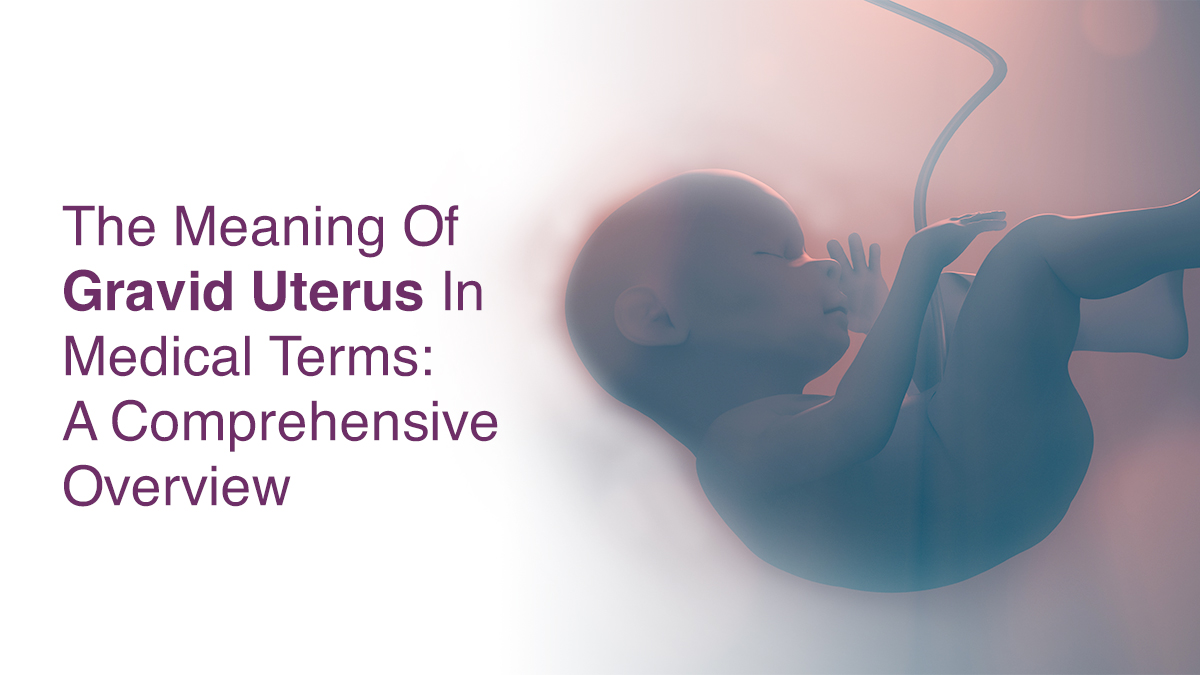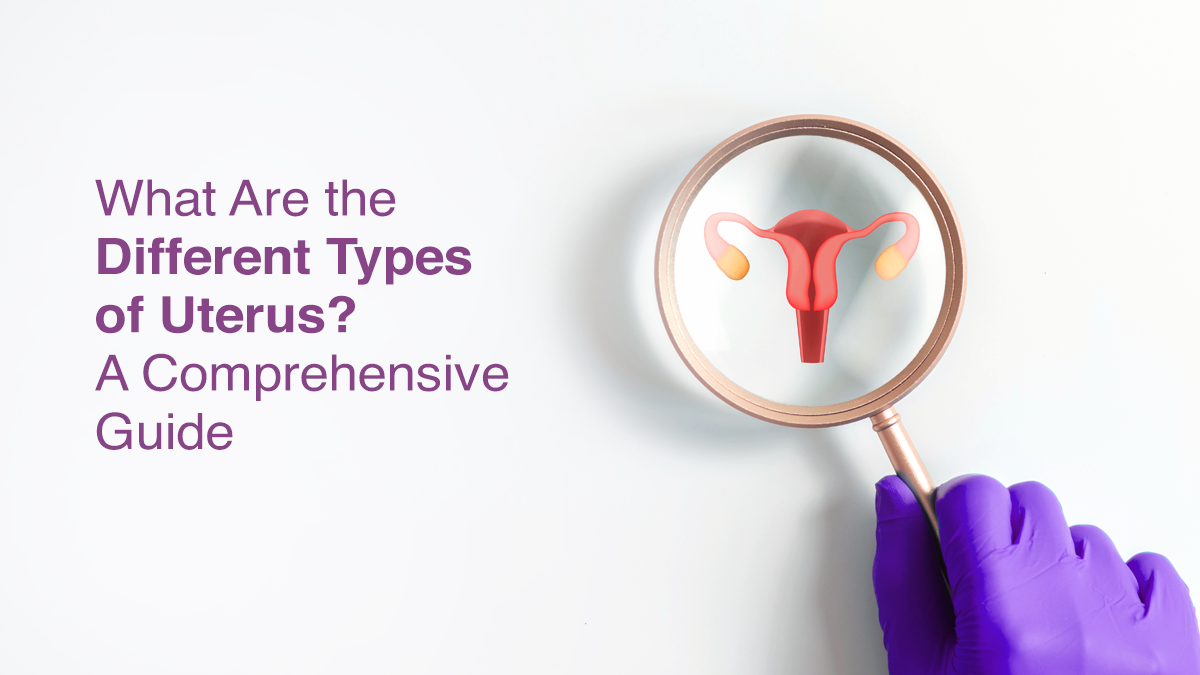
The Meaning of Gravid Uterus in Medical Terms: A Comprehensive Overview

The process of creating a zygote starts when sperm fertilises an egg, which then grows into an embryo and implants in the uterus. After about 40 weeks, the embryo transforms into a fetus, and the body undergoes significant adjustments to accommodate its growth. The uterus is one of the vital reproductive organs in the body, and it serves the function of housing the growing child during pregnancy. A gravid uterus refers to the stage of a woman’s uterus in a gestational period. Pregnancy is characterized by the enhanced growth and hormonal alteration of the gravid uterus, which allows a fetus to develop in an optimized setting during the gestation period.
What is a Gravid Uterus?
In essence, gravid uterus meaning is a pregnant uterus that is home to a growing embryo or fetus. Throughout pregnancy, the uterus undergoes considerable modifications to accommodate the growing baby. It thickens the walls. “Gravid” simply means “pregnant” in medical terminology. As the pregnancy progresses, the gravid uterus helps the fetus grow by promoting the development of the placenta, which delivers oxygen and nutrients. These changes provide the embryo with a suitable environment for development, which eventually results in birth. The gravid uterus is necessary for the fertilisation process.
Physiological Changes in the Gravid Uterus
To get pregnant, the gravid uterus undergoes several physiological changes. As the muscle walls enlarge, they stretch to fit the growing embryo. To safeguard the fetus, the cervix shuts and softens. The uterus produces a plentiful blood supply throughout pregnancy to support the fetus and placenta. These modifications guarantee the cervix’s ability to protect and assist the developing fetus during pregnancy.
Importance of a Gravid Uterus in Medical Practice
Throughout pregnancy, clinicians place a lot of emphasis on the gravid uterus since its health and function are essential to fetal growth and a safe pregnancy. To measure fetal growth, identify anomalies, and determine the likelihood of complications such as placenta previa, uterine rupture, or early labour, medical practitioners keep an eye on the pregnant uterus. Prenatal care decisions are guided by the uterus’s position, size, and condition, which can be ascertained through imaging and physical examinations. To control delivery and guarantee their health during labour and delivery, it is also essential to comprehend the health of the mother and fetus inside the uterus.
Conditions Related to the Gravid Uterus
Numerous issues with a gravid uterus might interfere with pregnancy and require medical attention. When the placenta covers the cervix, it can cause placenta previa, which increases the risk of bleeding. Placental abruption, also known as early placental detachment, can put the mother and the fetus at risk. Uterine rupture, which happens when the uterine wall tears after childbirth, is a serious condition, even though it is rare. Other difficulties include uterine fibroids, which can cause pain and development problems, and cervical insufficiency, in which the cervix opens too fast. Doctors must closely monitor and treat these disorders to maintain the health of both mother and child.
Diagnostic Tools for Evaluating a Gravid Uterus
Several diagnostic tools are necessary to evaluate a gravid uterus and guarantee the health of the mother and fetus. Ultrasound is the most widely utilised technique because it provides real-time images of the fetus, placenta, and amniotic fluid, enabling growth and development monitoring. While MRI can deliver detailed images when specific anomalies are suspected, Doppler ultrasound evaluates blood flow in the fetal arteries and umbilical cord. Biophysical profiles combine ultrasound with heart rate monitoring to gauge the overall health of the fetus, while non-stress tests observe the fetus’s heart rate and response to movement. Potential pregnancy problems can be promptly identified and managed with the use of these diagnostic instruments.
Differences Between a Non-Gravid and Gravid Uterus
When not carrying a fetus, a non-gravid uterus weighs between 50 and 70 grammes and has a hollow, pear-shaped form with thick, muscular walls. A gravid uterus, on the other hand, enlarges during pregnancy to provide room for the developing fetus, placenta, and amniotic fluid. The gravid uterus can weigh up to 1,000 grammes at full term and has enhanced blood flow and vascularity to support the growing fetus. To help the uterus sustain pregnancy and get ready for labour, hormonal changes are also very important. These structural and functional alterations are necessary for fetal growth to be effective.
Treatment and Management of Complications Involving a Gravid Uterus
Depending on the particular problem and its severity, different approaches are used to treat and manage gravid uterus issues. For instance, to prevent bleeding from placenta previa, bed rest, pelvic rest, or, in severe cases, a planned caesarean delivery may be necessary. In cases of placental abruption, close monitoring, hospitalization, or early delivery may be required if the health of the mother or fetus is at risk. For uterine rupture or an incompetent cervix, surgical procedures such as an emergency caesarean or cervical cerclage (a stitch inserted around the cervix) may be required. Ongoing prenatal care is essential for early identification and treatment of these problems.
When to Seek Medical Advice?
You should see a doctor if you experience any of the following symptoms during pregnancy: severe abdominal pain, heavy bleeding, sudden swelling of the face or limbs, severe headaches, blurred vision, decreased fetal movement, painful urination, fever, or persistent vomiting. Early treatment of these symptoms contributes to the well-being of the mother’s and the infant’s health.
Conclusion
Understanding the meaning of gravid uterus is important, particularly for those navigating fertility treatments or pregnancy. If you need more information about gravid uterus complications, you can visit an Oasis Fertility Clinic near you immediately. Additionally, you can also contact 1800-3001-1000 or engage in a conversation on the live chat for prompt assistance.
FAQs on Gravid Uterus
Is a gravid uterus harmful in pregnancy?
No—a gravid uterus is just a pregnant uterus, which is normal throughout pregnancy and necessary for the development of the fetus.
Is a gravid uterus normal in early pregnancy?
A gravid uterus in early pregnancy is a sign of a growing embryo or fetus and is normal in the initial stages.
What is the size of a gravid uterus?
Gravid uteruses vary in size; they begin small and grow larger during pregnancy, eventually reaching the size of a watermelon at full maturity.


fill up the form to get a
Free Consultation
Avail 0% interest on EMI
All Procedures | No Upper Limit
How we reviewed this article:
- Current Version
- January 7, 2025 by Oasis Fertility






